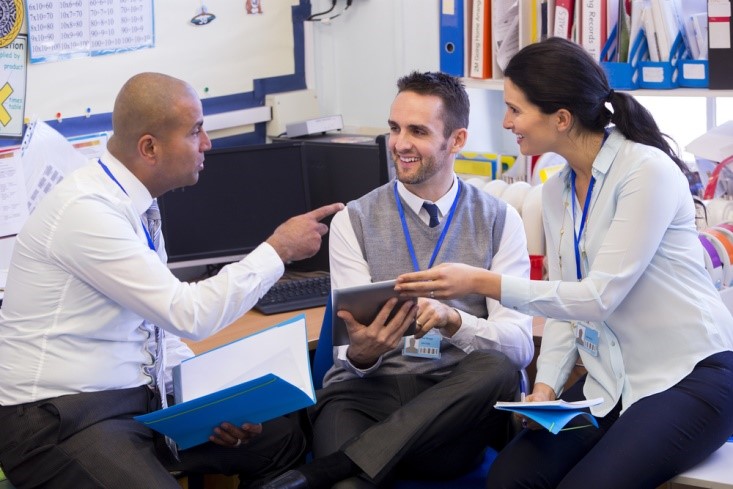Are you looking ways to teach students not to start arguments and fights with peers? If so, keep reading.
1. Get the student to put themselves in someone else’s place (e.g., “How would you feel if someone called you dumb or stupid?”).
2. Praise those students in the classroom who connect appropriately.
3. Urge the student to use problem-solving skills: (a) find the problem, (b) find goals and objectives, (c) create strategies, (d) create a plan of action, and (e) carry out the plan.
4. Do not provide too much free time for the student.
5. Teach the student to think before acting (e.g., they should ask themselves, “What is happening?” “What am I doing?” “What should I do?” “What will be best for me?”).
6. Let the student voice their opinion in a situation to avoid becoming angry or upset.
7. Assess the appropriateness of the task to ascertain (a) if the task is too easy, (b) if the task is too complicated, and (c) if the duration of time scheduled for the task is sufficient.
8. Connect with parents (e.g., notes home, phone calls, etc.) to disseminate information about the student’s progress. The parents may reinforce the student at home for demonstrating appropriate behavior at school.
9. Draft an agreement with the student stipulating what behavior is required (e.g., communicating with peers positively) and which reinforcement will be implemented when the agreement has been met.
10. Make sure there will always be adult supervision where the student will be (e.g., lunch, recess, P.E., etc.).
11. Praise the student for communicating appropriately based on the duration of time the student can be successful. As the student shows success, slowly increase the duration of time required for reinforcement.
12. Do not force the student to interact with others.
13. Do not leave the student alone with other students when the student is upset or angry.
14. Create classroom rules: • Complete every assignment. • Complete assignments quietly. • Remain in your seat. • Finish tasks. • Meet task expectations. Examine rules often. Praise students for following the rules.
15. Talk with the student to explain(a) what the student is doing wrong (e.g., calling names, making unacceptable gestures, etc.) and (b) what the student should be doing (e.g., following the rules, staying on-task, paying attention to their duties, etc.).
16. Praise the student for communicating appropriately with peers: (a) give the student a concrete reward (e.g., privileges such as leading the line, handing out learning materials, 10 minutes of free time, etc.) or (b) give the student an informal reward (e.g., praise, handshake, smile, etc.).
17. Refrain from the discussion of topics that are sensitive to the student (e.g., divorce, unemployment, alcoholism, etc.).
18. Consider using a classroom management app. Click here to view a list of apps that we recommend.
19. Consider using an adaptive behavior management app. Click here to view a list of apps that we recommend.
20. Consider using Alexa to help the student learn to behave appropriately. Click here to read an article that we wrote on the subject.
21. Click here to learn about six bonus strategies for challenging problem behaviors and mastering classroom management.





